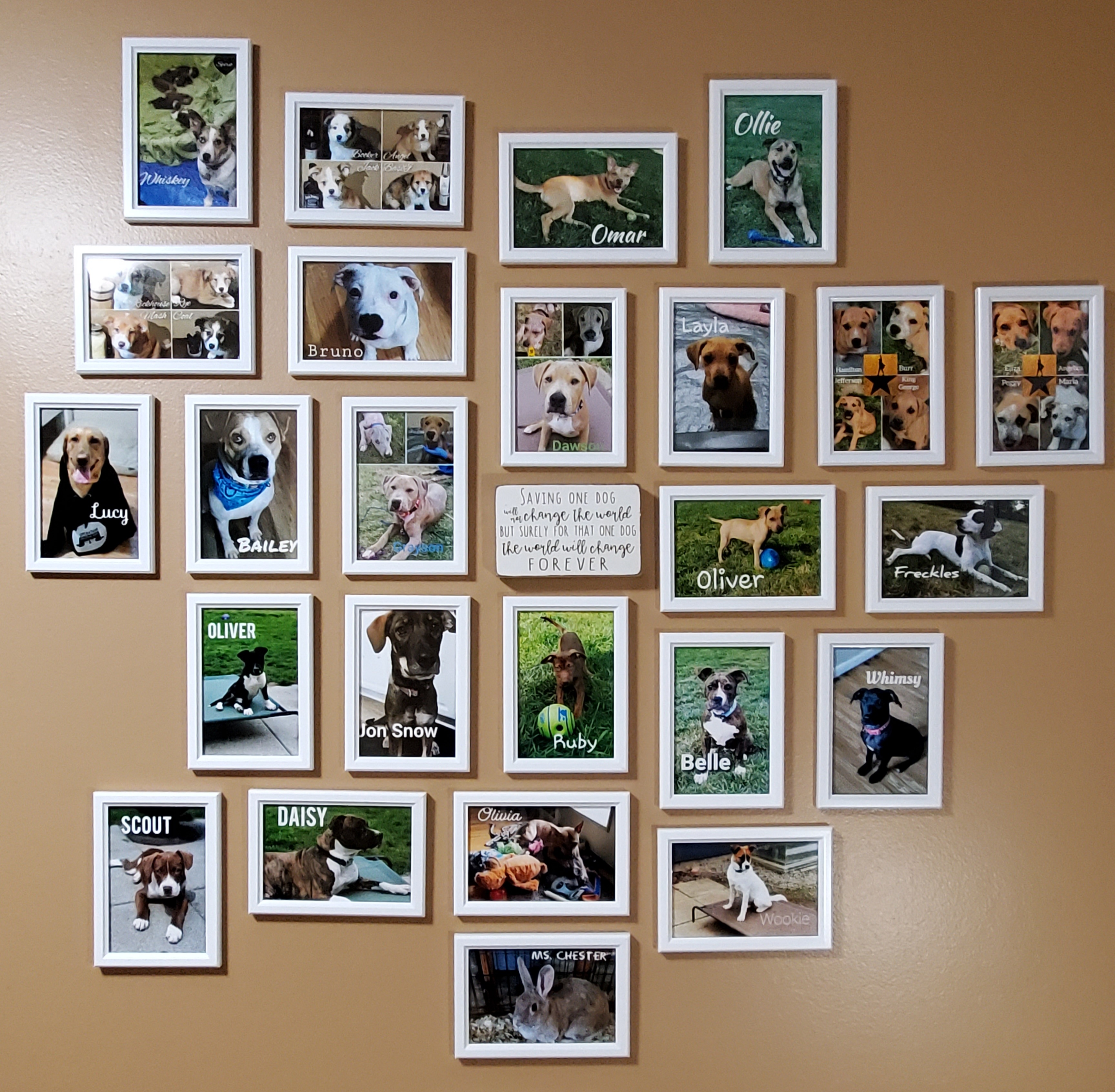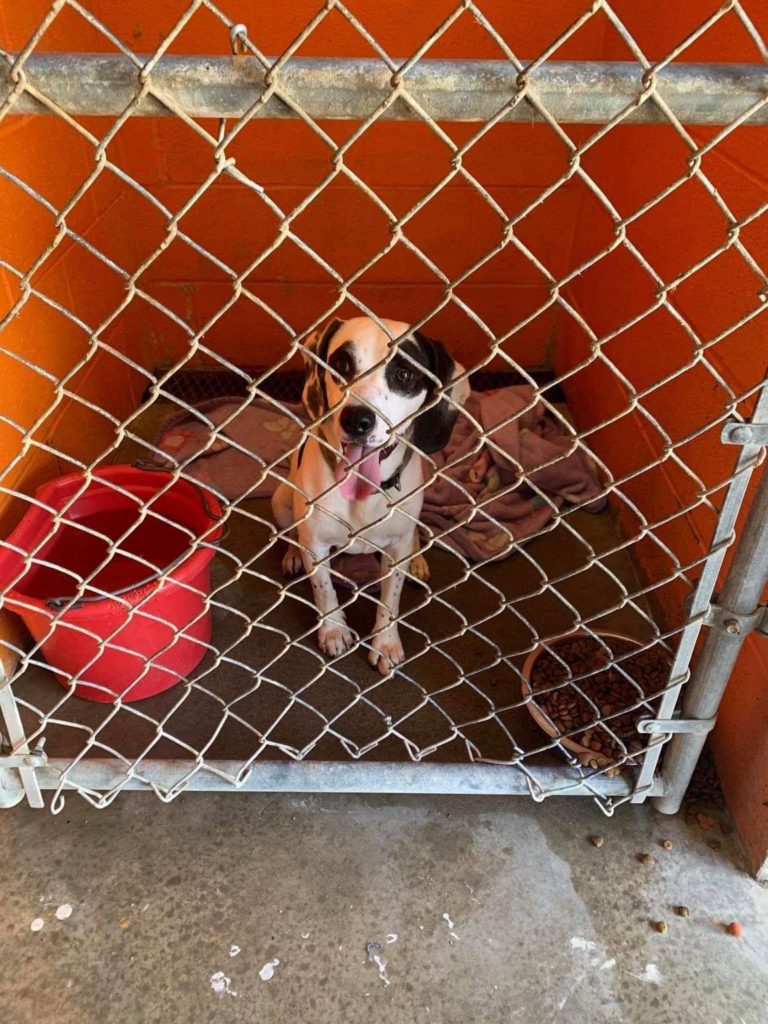
On average, each year there are 670,000 shelter dogs euthanized. Fostering just one dog helps save more than one life. For every dog you foster, another can take its place in the shelter with a smaller risk of being euthanized for space. I can say from experience, fostering a dog is the most rewarding thing a dog lover can do. I have been fostering dogs since 2019 and I could not imagine my life without fostering. If you ever are deciding to foster or not, do it. You will not regret it. To help, here are some things to consider when deciding to foster a dog.

Know Your Home
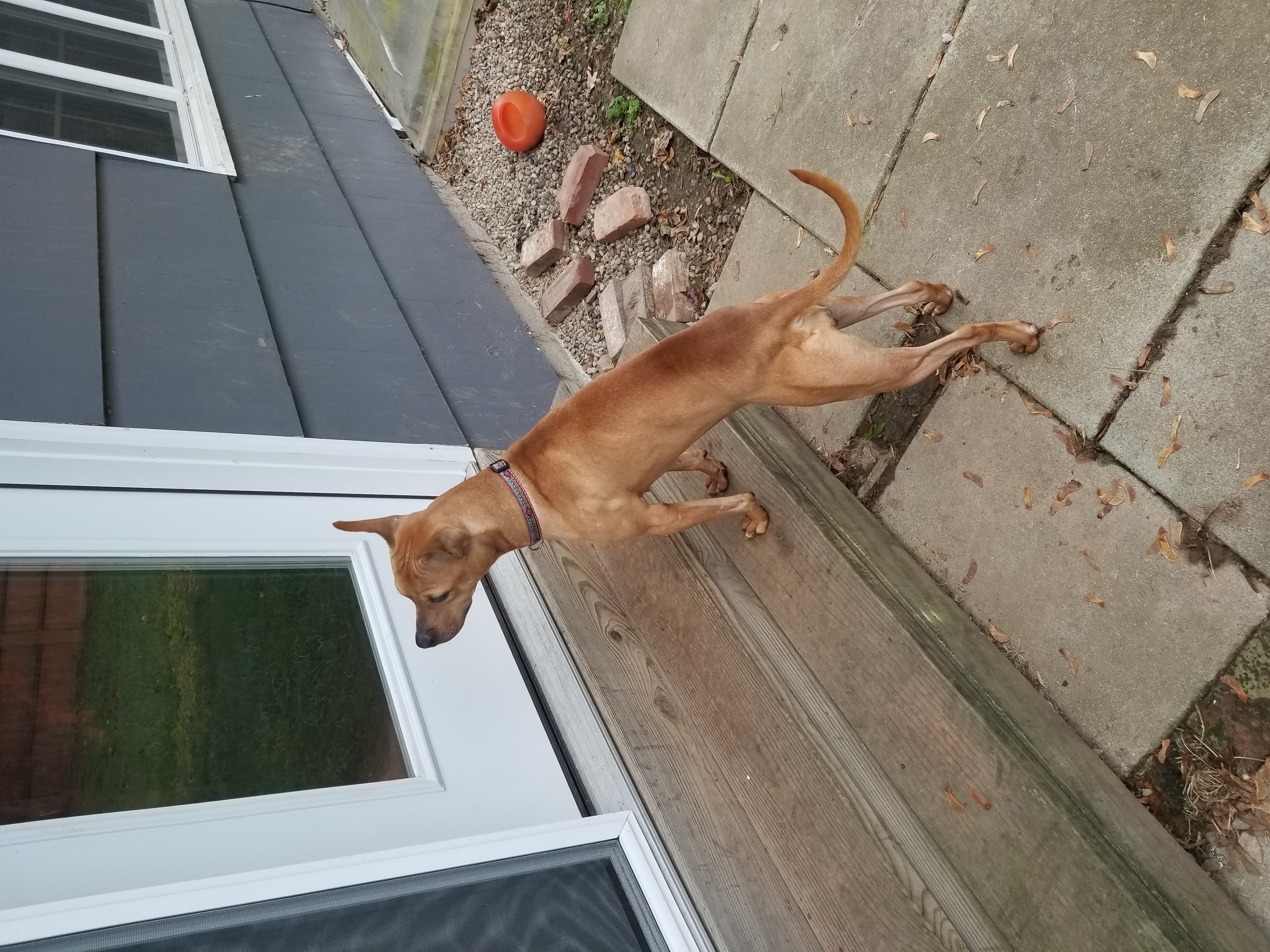
There are so many different types of foster dogs out there. Puppies, adult dogs, senior dogs, pregnant mamas. To name a few. Being honest and upfront with the rescue about your home situation. This will help the rescue volunteers match you with a dog that will be best suited for your family. So if you have a lot of energetic children who love helping with the doggie chores, the rescue can find you a confident dog who has a bit of energy to compliment this.
You never want to mislead the rescue and get paired with a dog that will regress in your home. Let them know if you have an active home, relaxed home, hectic home, quiet home. For instance, take the child filled home. If the rescue gave them a skiddish dog then those kids can be put at risk to be nipped. Never be worried about being denied, most likely you won’t be for being honest about your home life. It may just take time to find you a good match.
Also be upfront about your home style. Make sure the rescue knows if you have a Ranch style home or a home with a lot of stairs. This can help place a dog that has a handicap or is a senior with tired joints. Let the rescue know if you have a fenced yard as well. You should never be denied for not having a fenced yard. Using a long line for bathroom time is good enough. Depending on the pup. There may be some dogs that have a history of escaping and running that will require a fenced yard. Letting the rescue know will help them place a dog that may need the visible boundary when outside.
Are You In It To Adopt or Foster?
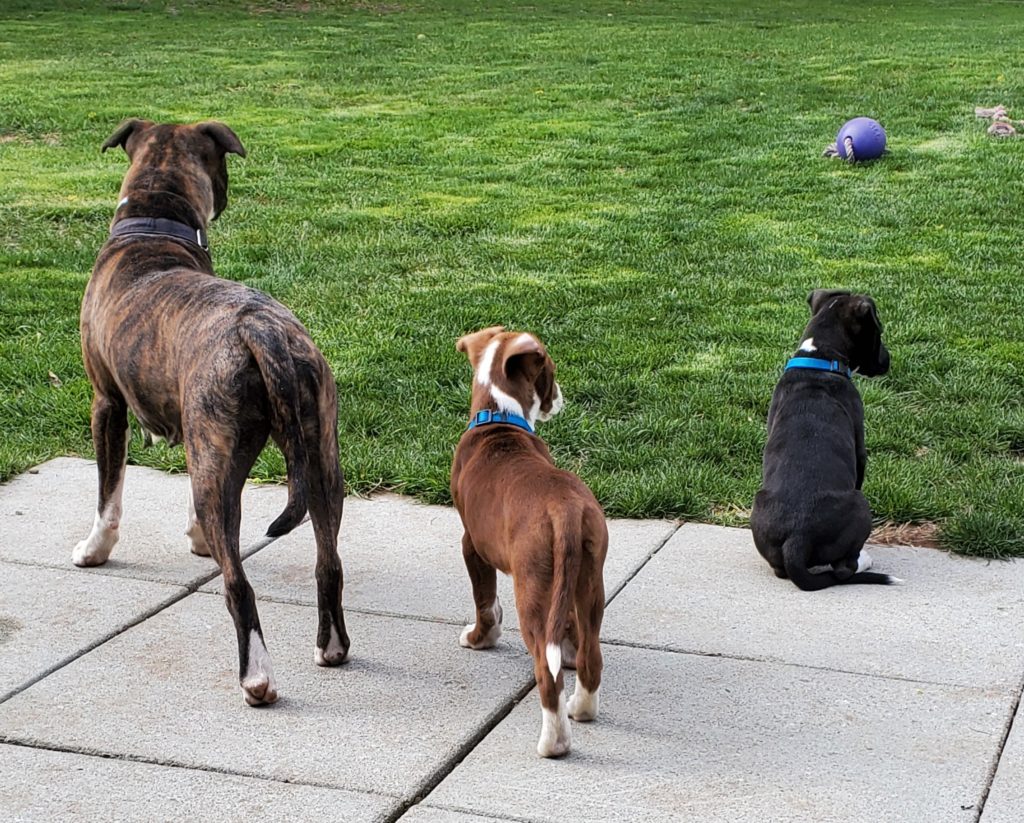
One of my tasks as a volunteer for a local dog rescue is to go through the foster application process with the people interested in fostering. I would guess that for every five applications I process, two are just looking to adopt only. Not that this is a bad thing! It is either that the person is confused about the terminology or that they are trying to speed through the process and get their forever baby. I always love the enthusiasm, but this can be frustrating on the volunteer’s end.
When someone is looking to just adopt, they can become picky when it comes to who they want to foster. Which I get because you have an idea in your head of what you want to keep forever. When it comes to assigning dogs to fosters, the volunteers may struggle giving you what you want because everyone needs to be in certain homes to begin with. Then this leads to disappointment because you either get a dog you don’t want to adopt or get no foster dog at all.
Make The Right Decision
If you are looking to adopt and only adopt, then fostering may not be right for you. Just keep an eye on who is available for adoption and meet the dogs that way. The only couple reasons I would have someone foster before adoption is that you have a dog with special social needs to see if another dog will be a good match. Or you have additional animals that you need to make sure your future dog is good with (cats, chicken, horses).
Rescues will always love the career fosters. Those who do not care what they get and will keep fostering for years to come. I always tell people to thrive to be a career foster. Think how many lives you could save!
Get Your Own Supplies
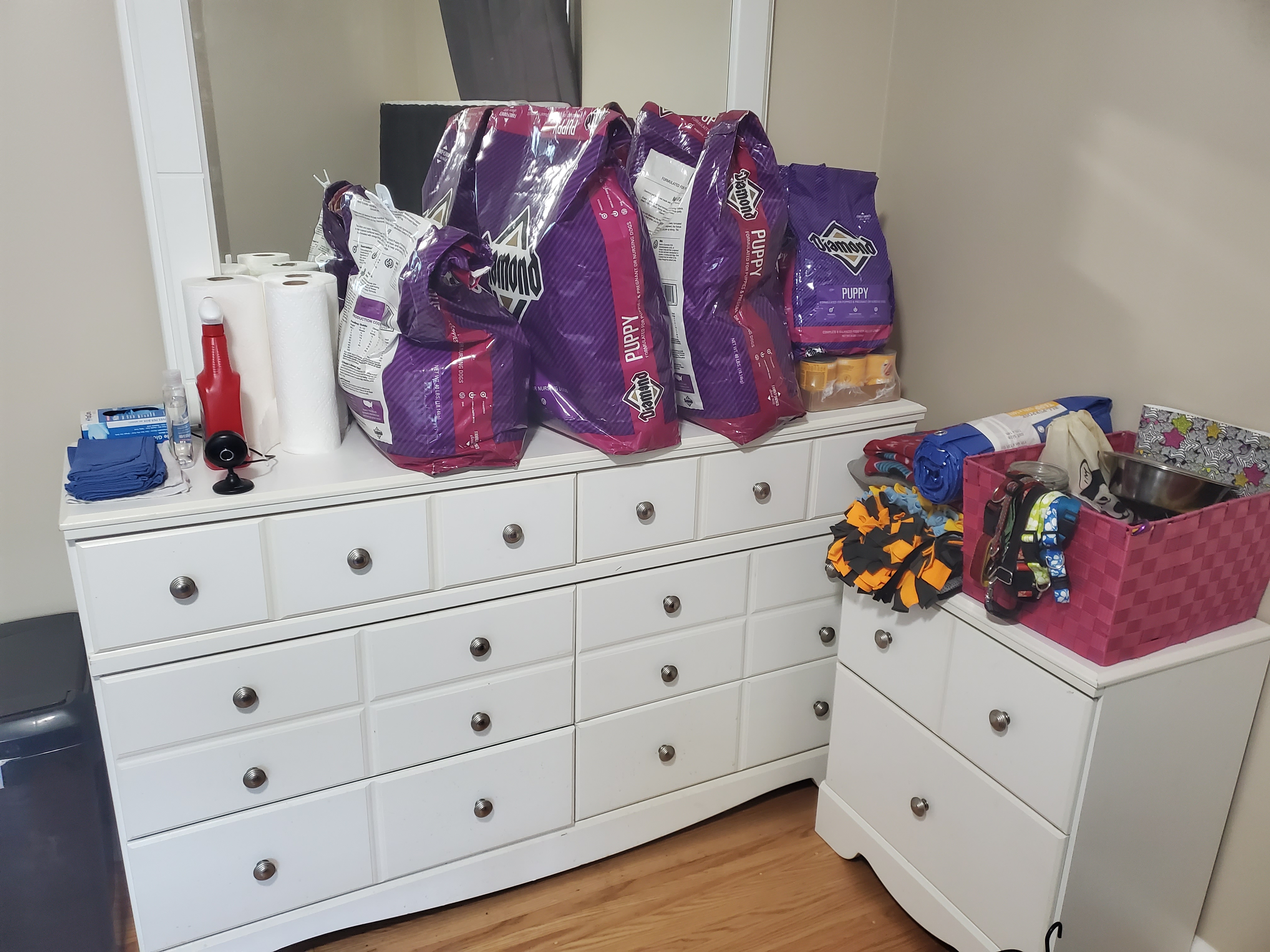
But Taylor, don’t the rescues supply everything you need to foster? Yes, yes they do. But as a career foster, my experience has been so much better because I made myself a foster bin full of supplies. I have leashes, collars of different sizes, harnesses, bowls, tarps, Nyalbones. You name it, I got it.
Supplies are a very important part of fostering and if you want to stick with it, having your own supplies helps your foster transition into your home better. You do not have to scramble and get everything set up while your foster dog is hanging out outside or in your foster room if you have everything prepared.
If you want to foster, consider the supply situation. Are you okay with setting up your supplies last minute or do you want to be prepared as possible and have everything ahead of time? Either is fine, just figure out what you would be more comfortable with!
Have A Good Place For Decompression
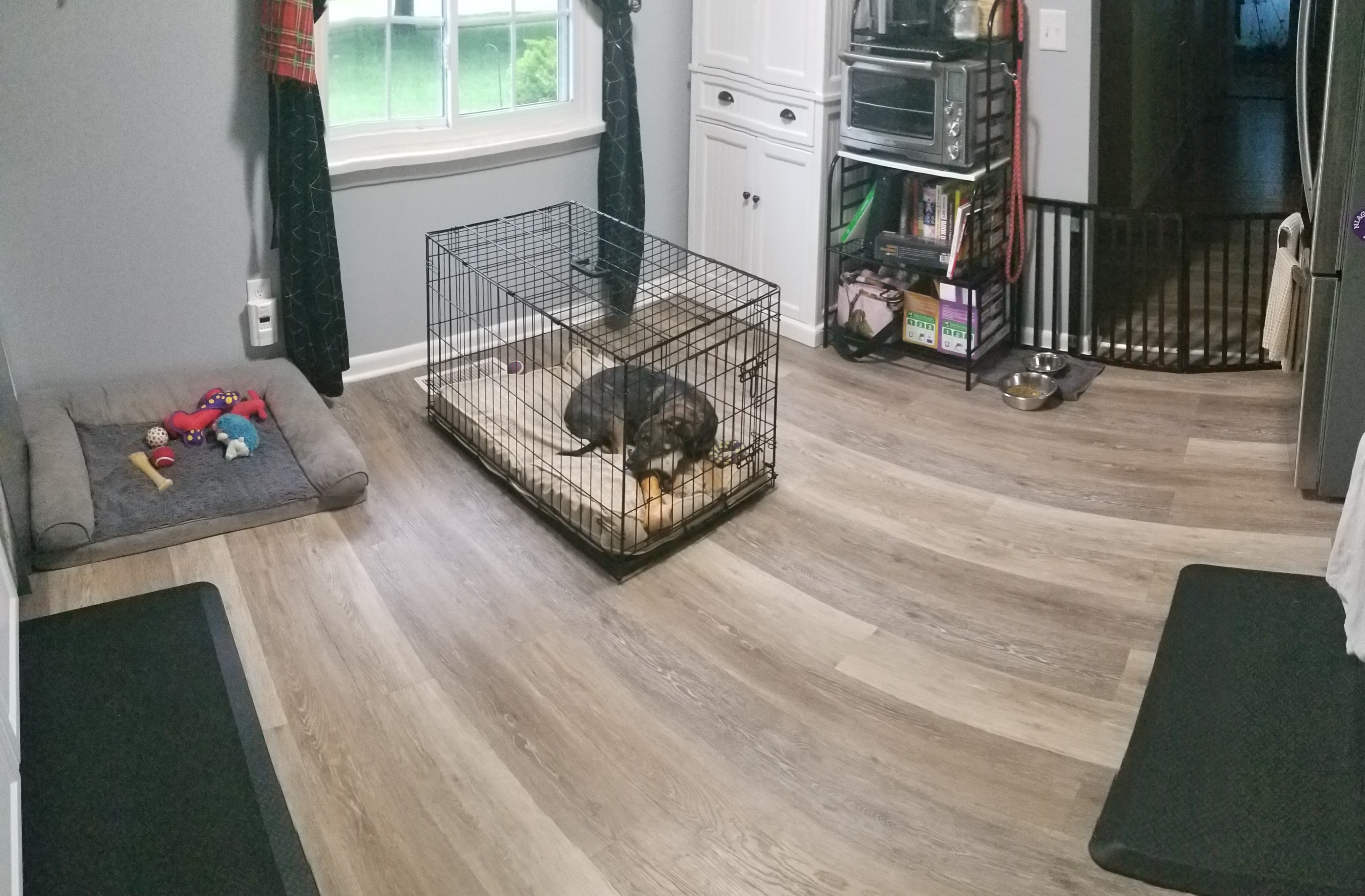
Decompression is the practice that, when a foster dog or newly adopted dog comes into your home for the first time, they have a period of little activity and strict adjustment. This helps set the dog up for success in adjusting to their new home life. A lot of rescues will have you prepare your decompression space prior to the arrival of your foster dog.
It is strongly suggested to use a spare room for your foster dog’s decompression space. This way they can be placed there for their down time with no distractions. If you don’t think you have a good spot to separate your foster, talk to the rescue to see if they can come up with a good plan for you. For example, one foster for the rescue I volunteer for uses her kitchen. It is very secluded and good for her set-up.
Choosing to not separate your foster dog, for at least the first week, can be a poor decision. If dog’s do not adjust properly and at their pace it can lead to future fear and/or aggression issues. If this isn’t something you think you could handle then fostering may not be for you.
Be Willing To Put In The Work
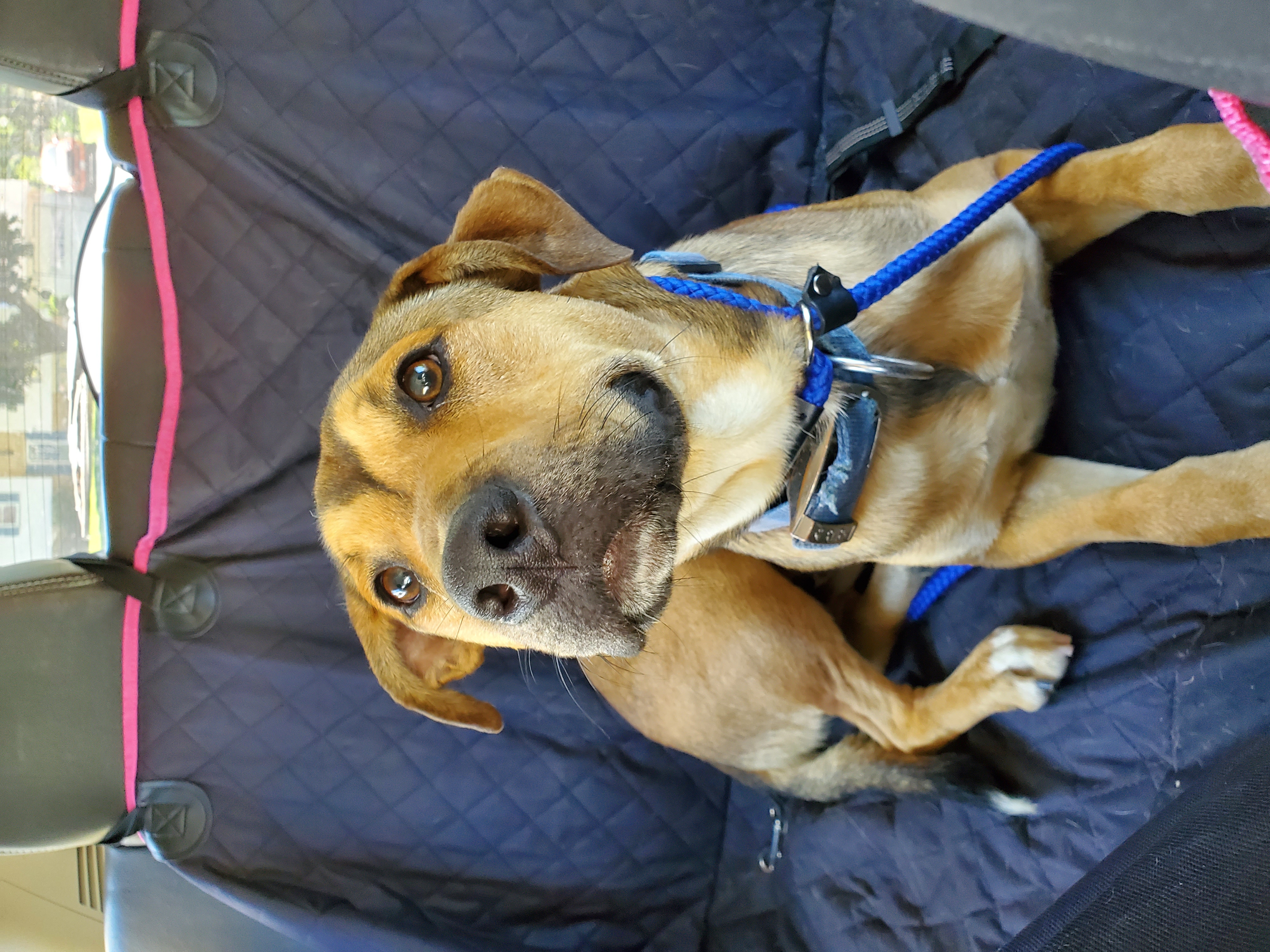
Fostering is not easy. If anyone told you it was, they are a liar. Since 2019, I have fostered dogs with demodex mange, dogs who were abused by people, dogs who were neglected by people, pregnant mamas, dogs with fear aggression and everything in between. Most of these dogs, I knew what I was signing up for and chose to foster them. But.
I can tell you without a doubt in my mind that those dogs were just as time consuming as fostering a totally care free well-trained dog. Each dog goes through a transition into your home where they need you to support them as they adjust. They need guidance and structure to thrive. The foster dogs need you to teach them basic obedience and house manners. Everything is up to you!
Give these dogs the support they need, then the foster dog has a smaller chance of acting out and potentially be returned in the future, for issues that the foster could have prevented. That’s the honest truth. If you fail your foster dog, then you’re failing a future adopter at being a successful new parent.
Putting the time and effort into these dogs will give you the greatest feeling of accomplishment when it comes to adoption day. Adoption day will always be my favorite day.
Do Something For Yourself
When fostering, everything is for that dog. You manipulate your whole daily life to make sure that dog is adjusting correctly, fitting in, getting its needs met. Then at the end of the fostering, you find them the perfect match and they leave you forever.
Make sure you do something for yourself so you never forget each and every dog that you foster. For me, I have a wall in my front hall dedicated to every foster that has stepped foot into my home. They each have a photo on the wall with their foster name on it. It is the highlight of anyone new coming over. We show them the wall, talk about each dog and their stories. My foster wall has even gotten several people to apply to foster with local rescues.
Either make a foster wall in your home, start a scrapbook, get a rotating picture frame. Do something so those dogs never really leave your home. It will be the best thing you can do for your personal care after fostering.
